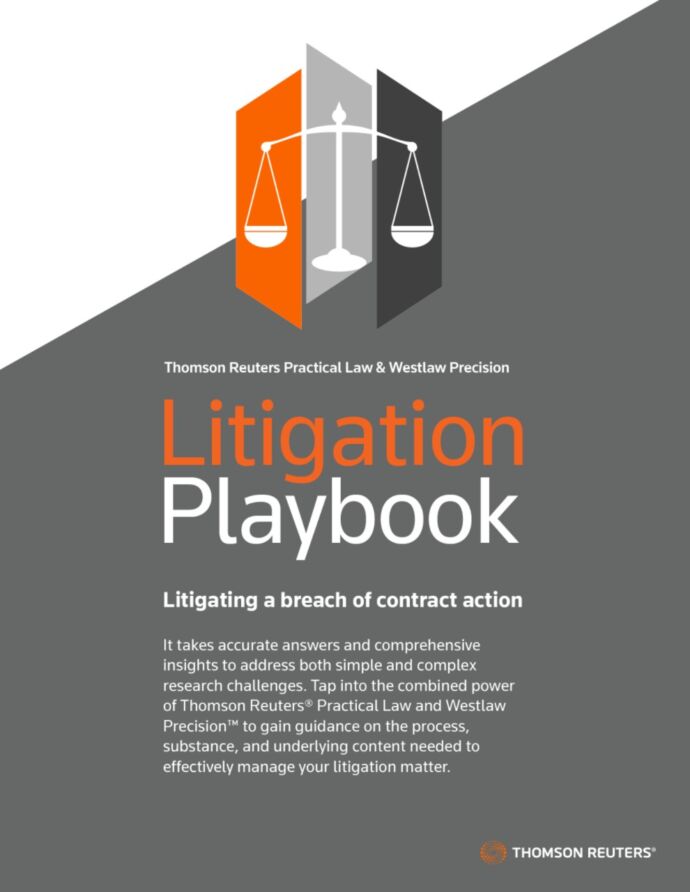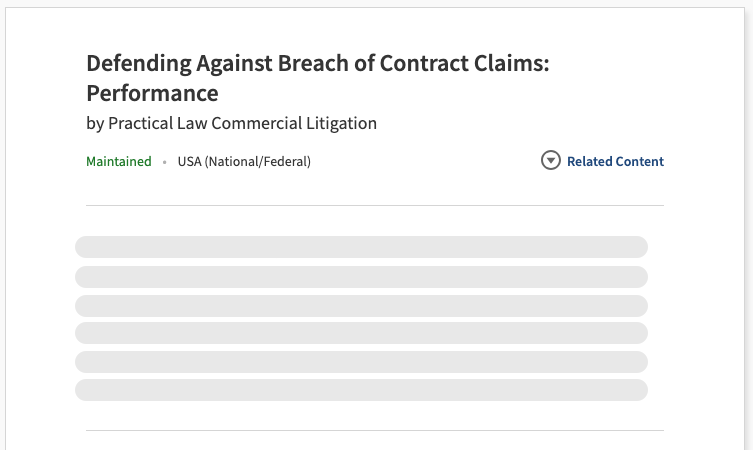9 exceptions to the parol evidence rule
In this post, we’ll be going through the exceptions to the parol evidence rule. The nine exceptions under which evidence normally excluded by the parol evidence rule can be admitted:
Jump to:
| To resolve ambiguities |
| To show that a term in the contract is a mistake |
| Fraud, duress, unconscionable behavior, tortious interference |
| Consideration was never paid |
| Identify the parties or subject matter |
| To modify the contract |
| To show condition before contract performance |
| Implied term of custom or trade usage or past dealings |
| If evidence is incorporated into the contract |
To resolve ambiguities in the contract or to otherwise assist in interpreting a term of the contract
The first exception is fairly straightforward. If there is a term in the contract that is unclear to the court, outside evidence may be admitted to resolve the ambiguity. Ambiguity here could also refer to words that have a double meaning.
For example, a buyer, located in Canada, agrees to purchase 100 widgets from a seller located in the United States, for $1 apiece. The contract fails to state whether the price is U.S. dollars or Canadian dollars. Evidence may be admitted to the court showing that the parties understood “dollars” to mean “Canadian dollars” or “U.S. dollars” (as the case may be).
Evidence may also be presented to show the parties understanding of what specific terms meant (i.e. their definitions).
To show that a term in the contract is a mistake
Next, evidence may be introduced to show that a specific term in the contract was a mistake — specifically, that the mistake was made because of a grammatical or clerical error.
For instance, if a zero is missing from a dollar amount, or if a word was misspelled, previous drafts of an agreement could be introduced to correct these mistakes.
To show that fraud, duress, unconscionable behavior, or tortious interference with contract occurred
The next exception allows evidence to be presented to show that the contract was formed under fraud, duress, or some otherwise tortious conduct that could render the contract invalid. This evidence can include communications between the parties or other evidence that would suggest fraud, misrepresentation, duress, etc.
To show that consideration was never paid
The fourth exception is also straightforward: a party may introduce evidence showing that the consideration was never paid. This exception usually arises when one party claims to have paid and is seeking enforcement of the contract, but the other party responds that her performance is not due because consideration was never paid.
 |
Playbook by Practical Law
Litigating a breach of contract action: The answers you need and how to proceed when litigating a matter. |
To identify the parties or subject matter of the contract
Next, identification is an important exception to the rule. Evidence may be introduced that serves to identify a party who has changed names or could be confused with another individual. Evidence may also be introduced to identify the subject matter of the contract.
For example, if a buyer agrees to purchase an automobile from a car dealer, and the dealer owns many identical models of cars, evidence may be introduced to show that a specific car was sold (identified by its vehicle identification number).
To modify the contract after its has been signed by all parties, if the contract explicitly allows for that
The next exception was mentioned in Part A. If a contract explicitly states that a term is either to be determined at a later date or could be modified at a later time by the parties, evidence may be introduced to show that later modification.
To show a condition that had to occur before contract performance was due
The seventh exception allows for evidence showing that a condition must be met before the contract could be performed. A good example of this is requiring an inspection before the sale of a house. Assuming the contract in question isn’t like the vast majority of contracts today that explicitly condition the sale of a house on a valid inspection thereof, evidence may be allowed to show that the parties agreed that an inspection was necessary before the sale could proceed.
To show that an implied term of custom or trade usage or past dealings is part of a contract even if not in a written agreement
The next exception is simpler than it may initially seem. In short, this exception allows for evidence showing that the parties, through their past dealings or through trade practices within the industry, understood a specific term to be a part of the contract, even though such a term was not contained therein (for example, requiring that a certain product be of a certain standard or grade, etc.).
If the evidence is incorporated into the contract by reference to the evidence in the contract itself
The final exception in the list is also simpler than it may at first seem: if a contract refers to a certain document or other evidence, such evidence may be admitted as part of the contract itself. For example, if a contract referred to a valuation guide for automobiles, that guide may be admitted into evidence to give full meaning to the contract.
This list of exceptions isn’t completely exhaustive, but it covers the most important ones. It also illustrates a common thread that runs through all of the exceptions: situations in which a court may need additional facts to fully understand the contract.
 |
Defending Against Breach of Contract Claims: Performance
Common defenses when challenging a plaintiff’s claim that the defendant breached a contract by failing to perform its obligations under it |










